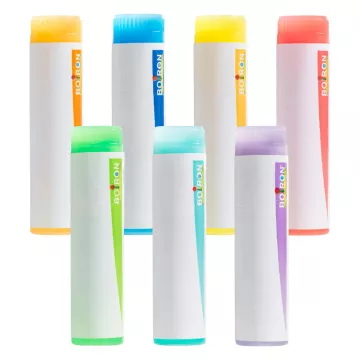

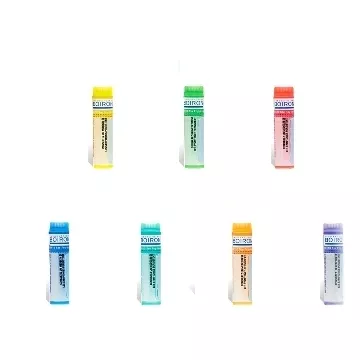


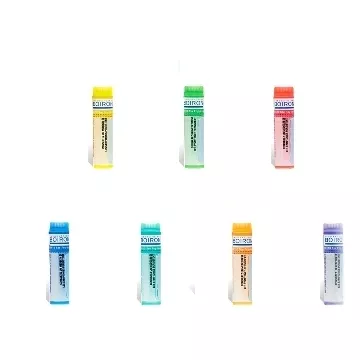

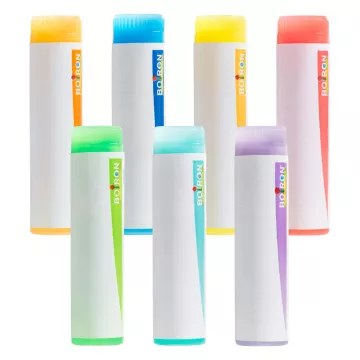

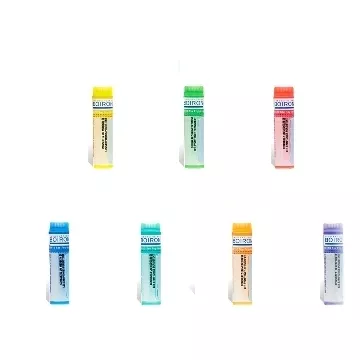
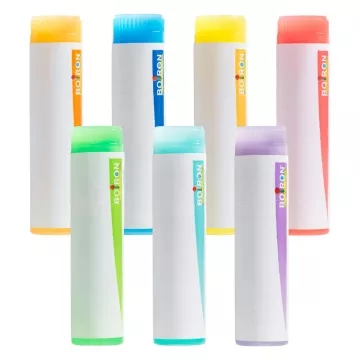
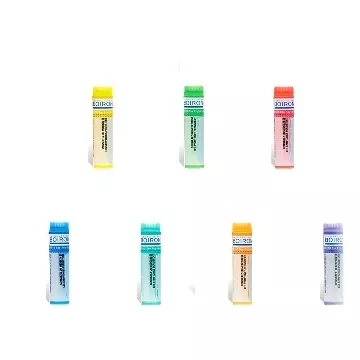
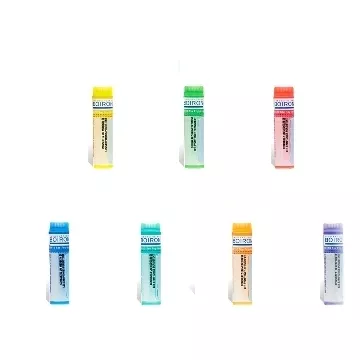
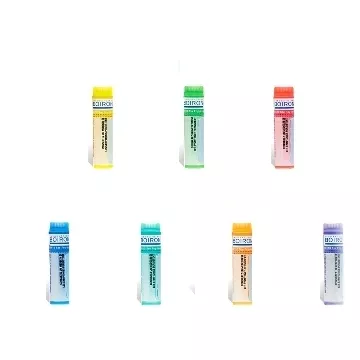


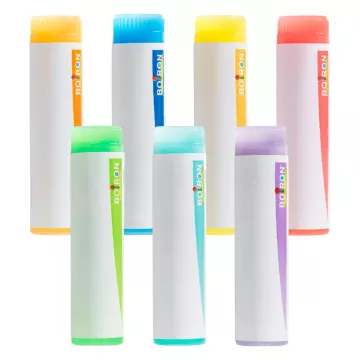
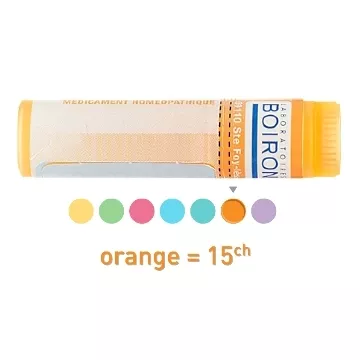
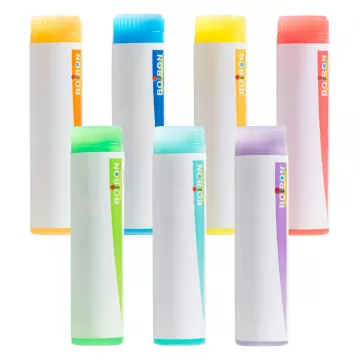
Homeopathy… Here is a chapter of medicine on which, for more than 150 years, much has been said and written…
However, curiously enough, despite or because of everything that has been said on this subject, homeopathy remains for many an imprecise, nebulous or even poorly defined concept.
Who, for example, has never read or heard that homeopathy was herbal medicine ?... Hence the confusion still made today between homeopathy, herbal medicine, aromatherapy and gemmotherapy. This is a fundamental error of definition .
Who has never read or heard that homeopathy is the treatment of evil by evil? ... Lapidary but inaccurate formula which has allowed some to want to admit that it was the therapy of the organ . Homeopathy would thus become synonymous with “organotherapy” , a method of treatment which postulates that infinitesimal dilutions of healthy animal organs are capable of treating the pathology of homonymous human organs… If that were true, how easy and what a revolution! ... This is really only a bad pun, but above all an untruth .
Who has never read or heard that homeopathy was therapy by microdoses? ... Also, for most people, "homeopathic" is synonymous with "small quantity" and it would be enough to take anything in infinitesimal doses to "do" homeopathy. This other error of definition has been cultivated by some to prescribe under the leadership of homeopathy - according to the symbolic and ancestral doctrine of "signatures" - any animal, vegetable or mineral substance.
Who has never read or heard that homeopathy was a philosophy , if not a mystique or a religion? It is a historical error and an insult to the memory of Hahnemann, the founder of homeopathy, who placed it on a purely experimental level .
What is surprising then if, after these errors, these untruths, homeopathy is considered by some as a therapy for charlatans, practiced by eccentrics and intended for the enlightened?
We are going to specify what it is exactly by giving the exact definition and the method of application of homeopathy.
Homeopathy is above all a therapeutic method which applies the phenomenon of similarity and which uses medicinal substances in low or infinitesimal doses.
The phenomenon of similarity is the observation of a physiological fact , already noticed by Hippocrates and his school, 5 centuries before our era. We noticed that there is often a parallelism of action between the toxicological power of a substance and its therapeutic power .
For example, white hellebore ( Veratrum album ) in toxic doses causes intense diarrhea and vomiting, with dehydration.